Observing wildlife is one of my favorite pastimes, so imagine my excitement when I joined the field team! When it comes to bear research, though, one must have realistic expectations: bears look cuddly and all, but it’s probably not a good idea to saunter up to them and ask for a group selfie. They would rather avoid us two-legged freaks anyway, so for the past few weeks I have been fixing my lenses and ears elsewhere.
Our sites have woodland habitats that house different selections of breeding birds, including at least 16 wood-warbler species I’ve tallied so far! Amphibians and insects also provided pleasant distractions throughout our treks . Except for mosquitoes and ticks and the occasional spiderweb beauty mask. No thanks.

A sharply-dressed Magnolia warbler supervises our work.
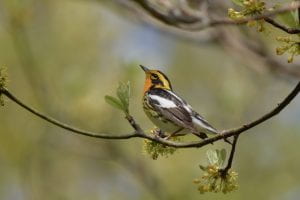
Many sites were graced with the presence of Blackburnian warblers, which are a fan favorite among birders. Photo taken in eastern MA in May, but may that spectacular plumage earn me forgiveness for cheating!
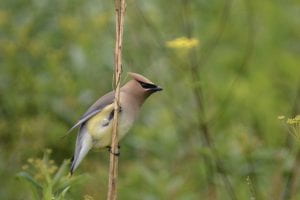
A family of Cedar waxwings foraged outside the car window as I parked. The scarlet wax droplet is just barely visible!

A fledgling Winter wren explores the undergrowth as it begs its parents for food. It will grow up to be an incredible songster.
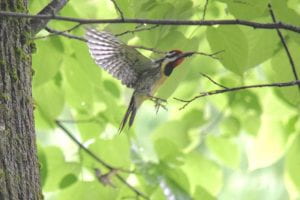
A female Ruby-throated hummingbird follows a male Yellow-bellied sapsucker around, apparently hoping that he would lead her to some sap wells. It was poor timing for her, as he’s busy catching insects for his brood.
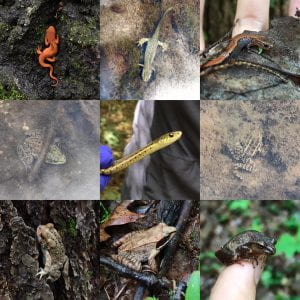
In order: Eastern newt (terrestrial juvenile + aquatic adult), Red-backed salamander, Green frog, Eastern garter snake, Pickerel frog, American toad, Wood frog, Spring peeper. Jac and I found 74 juvenile newts at one site, and many, many more were hidden away among the leaf litter.
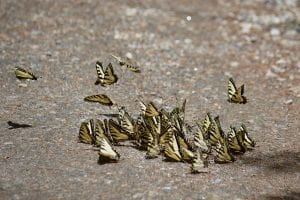
Eastern tiger swallowtails feast on mineral-rich water in rural roads. We had to let the car crawl to avoid any casualties.
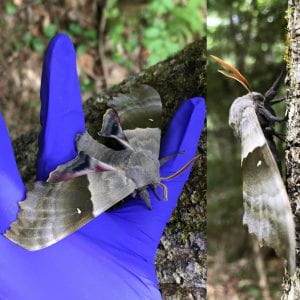
A Modest sphinx moth that crash landed next to Jac’s feet. This 2.5’’ giant is anything but modest!
-Sam Zhang
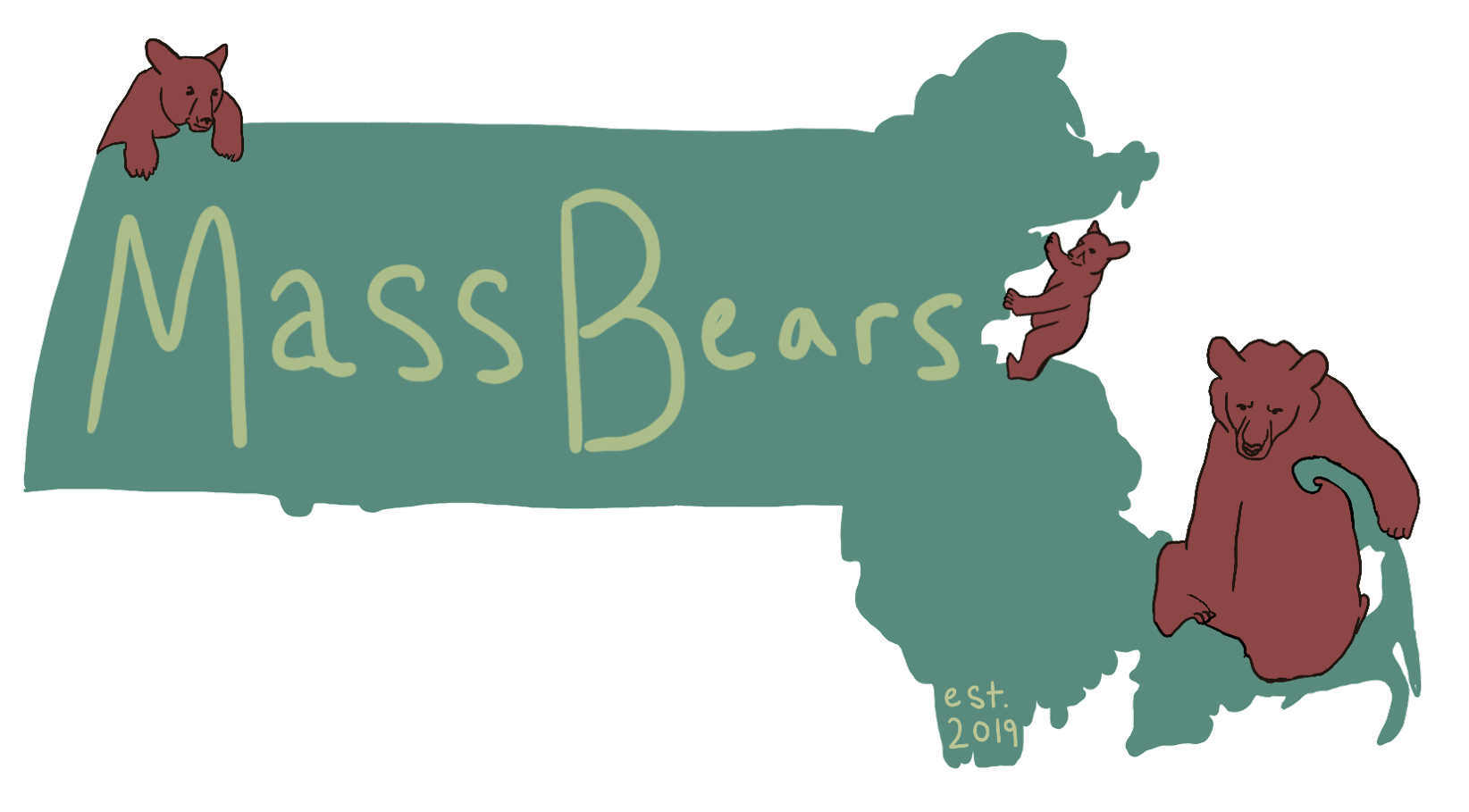
You must be logged in to post a comment.